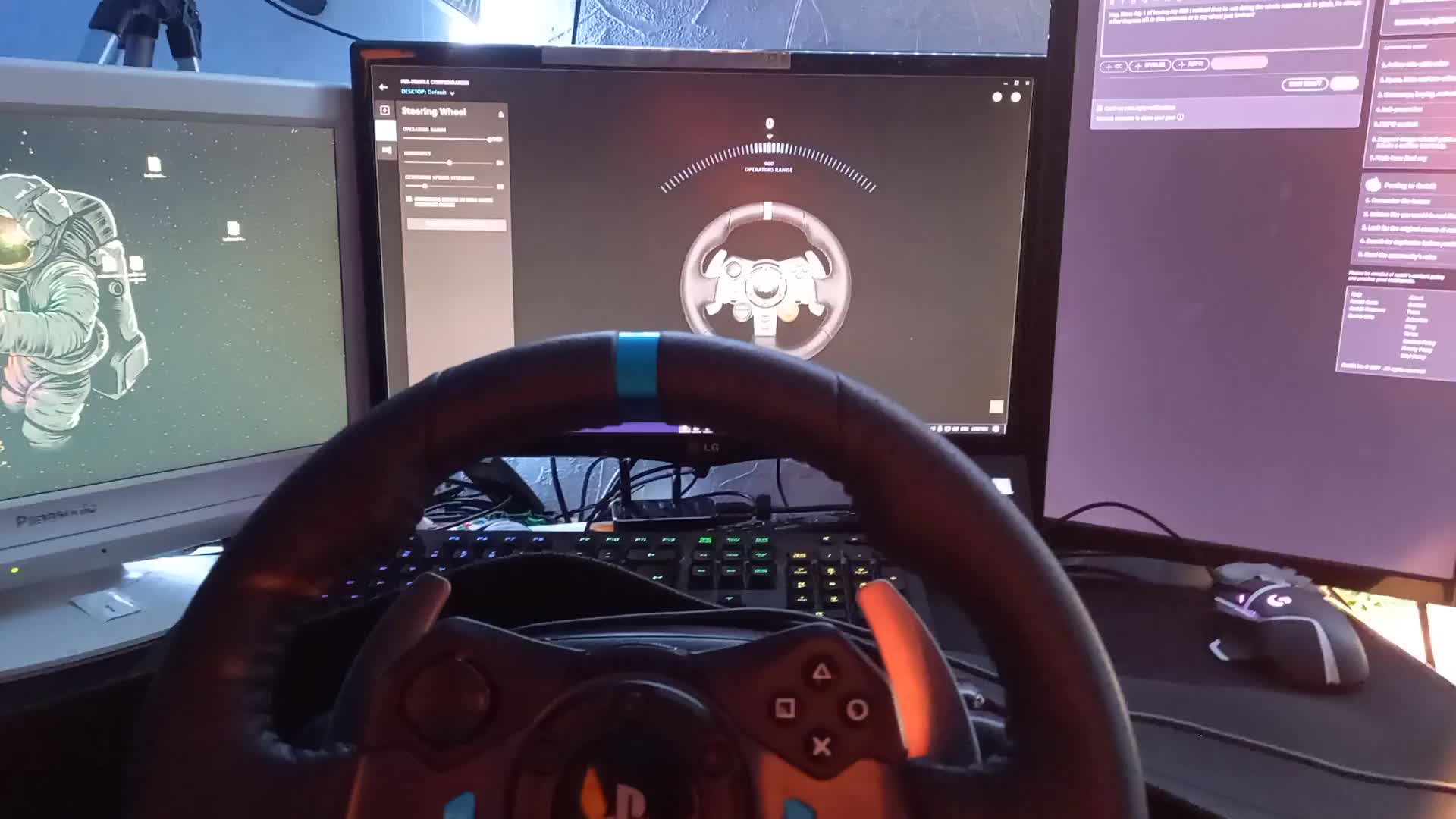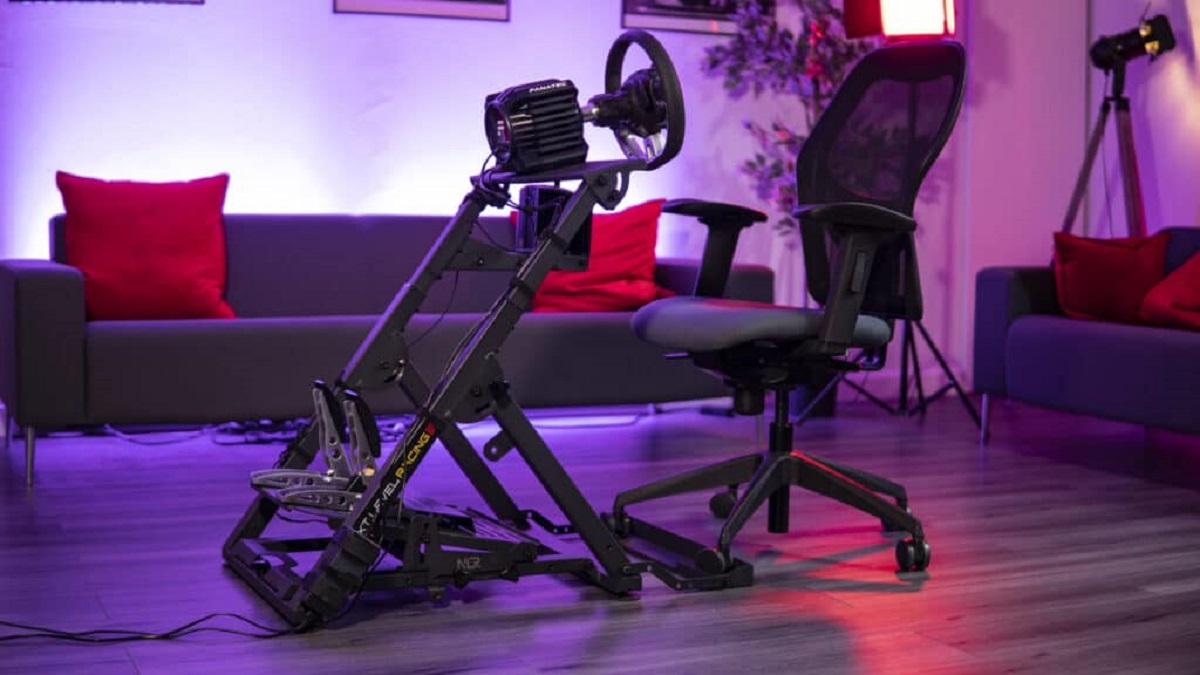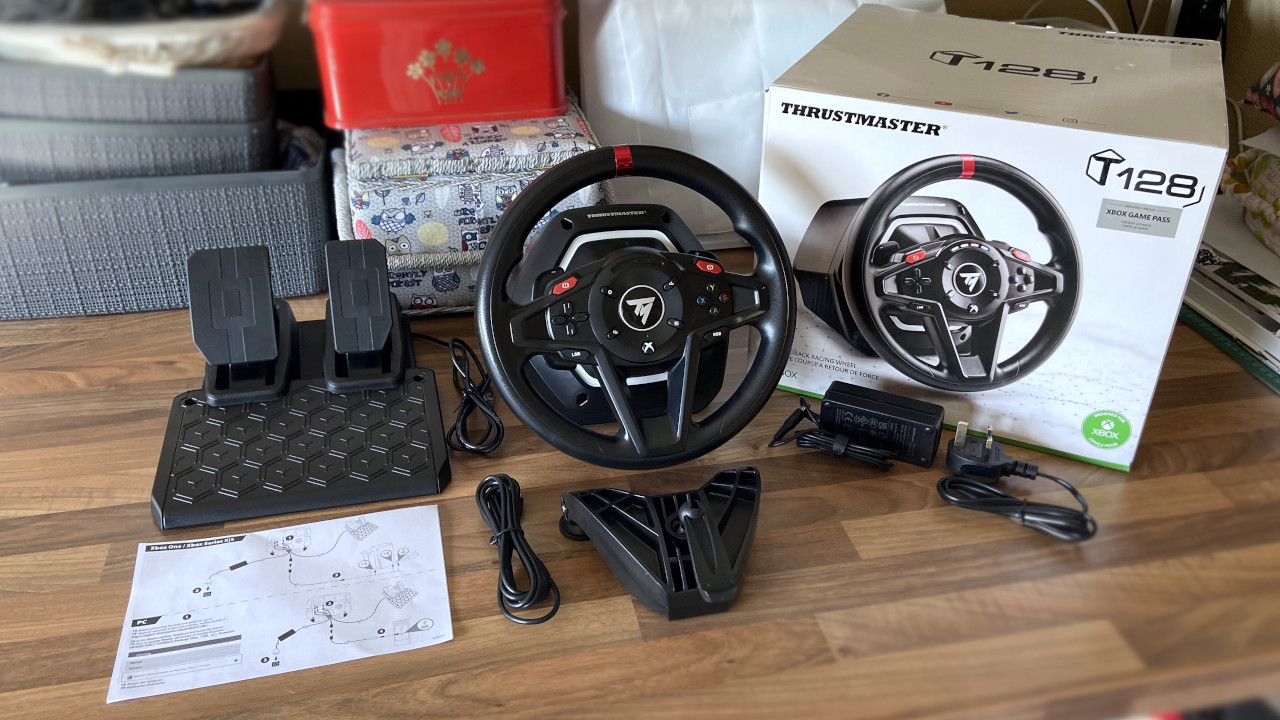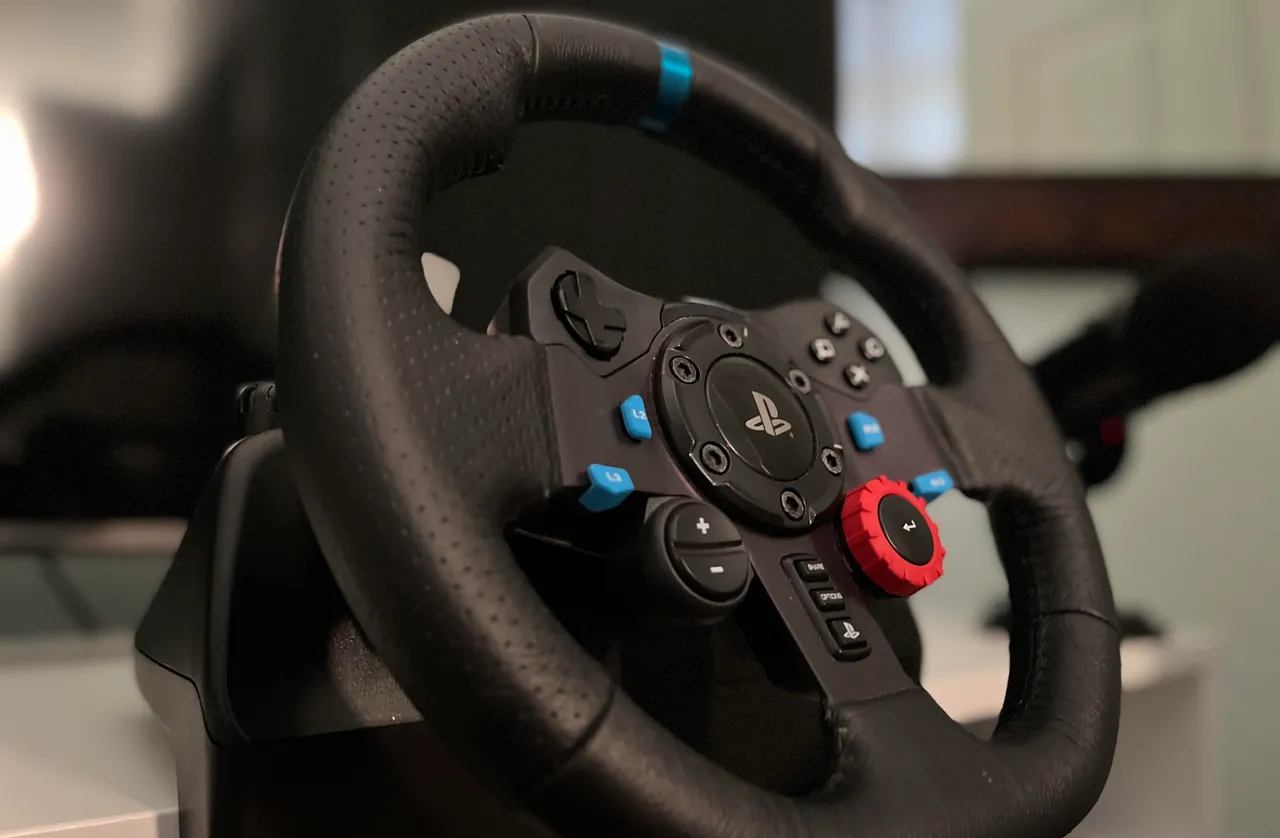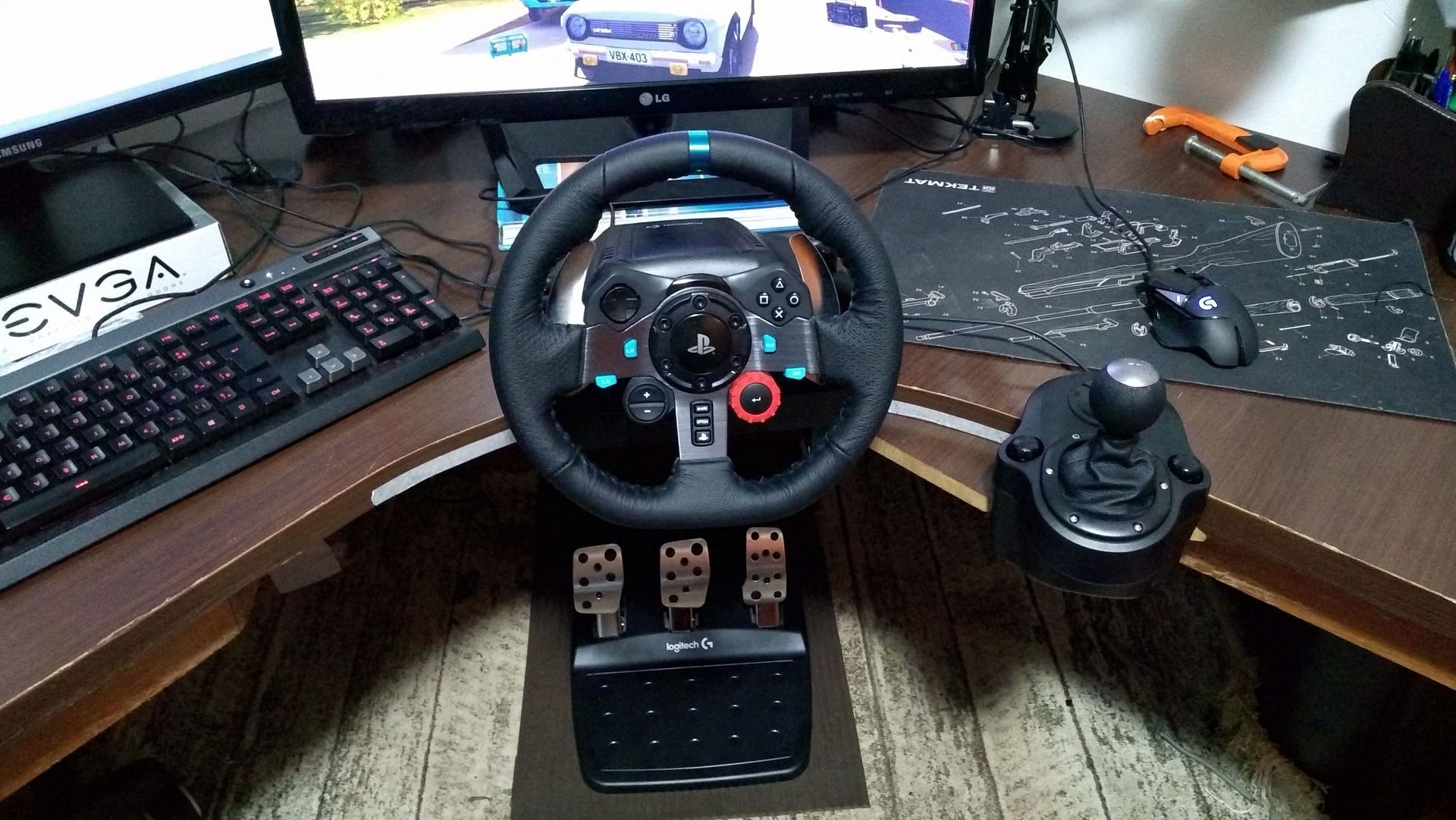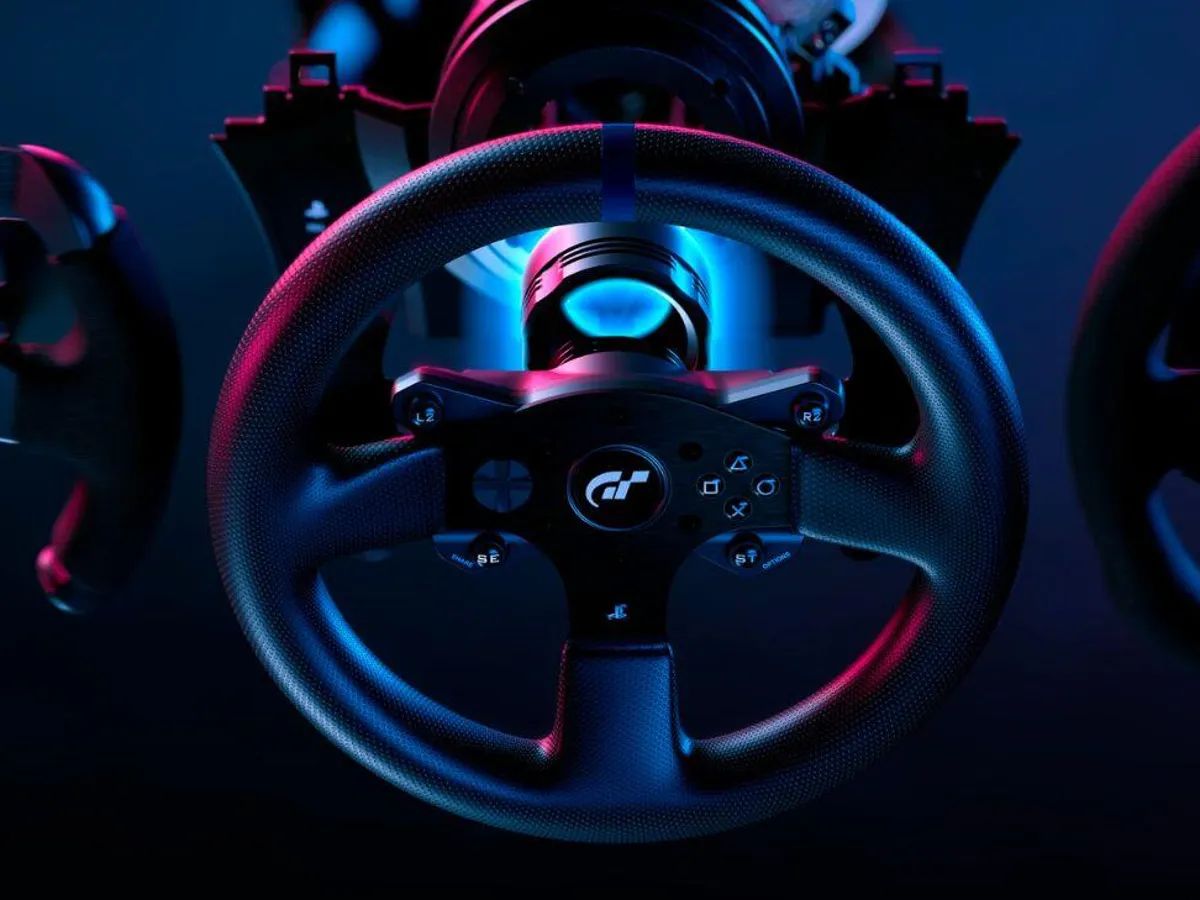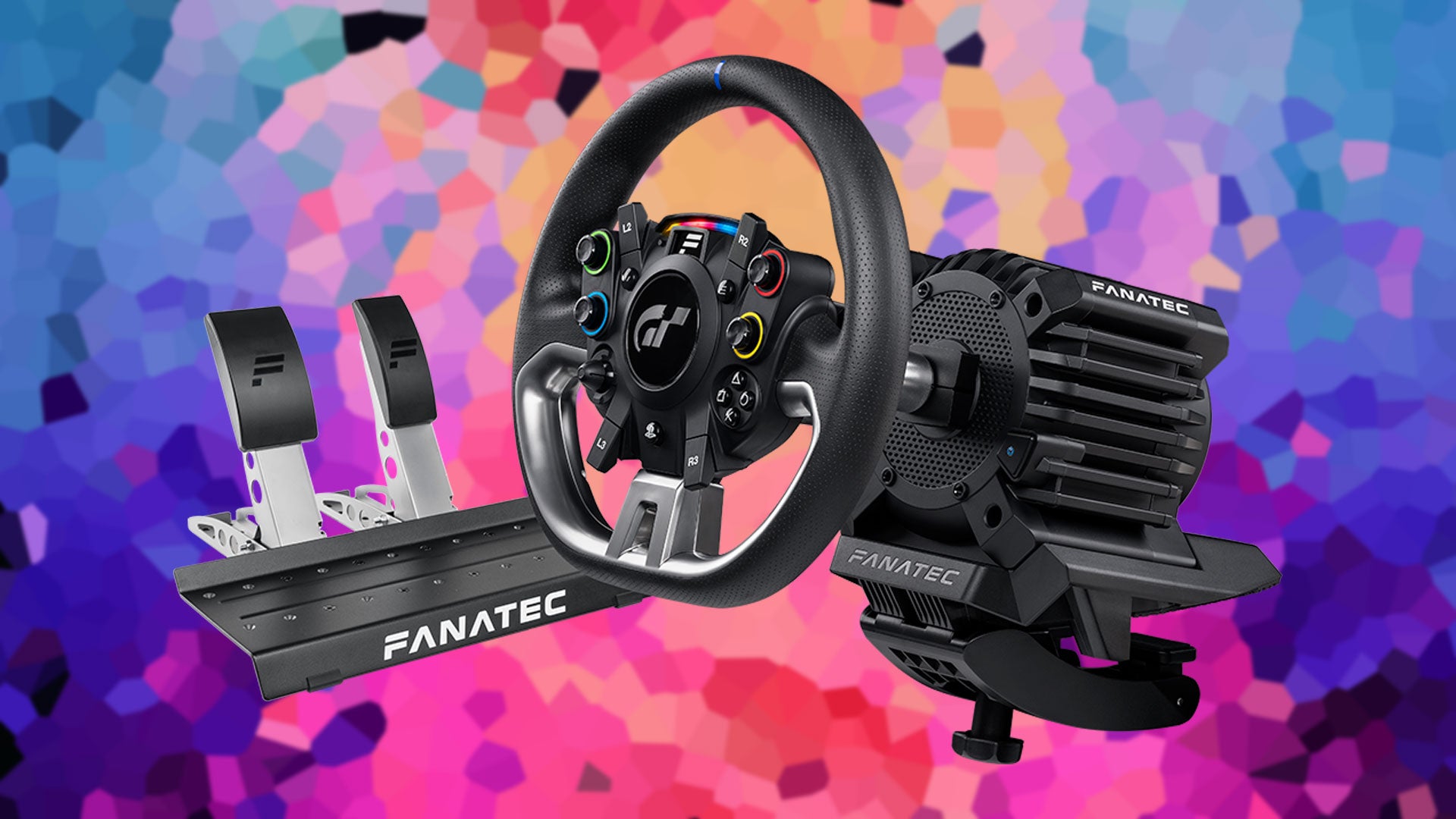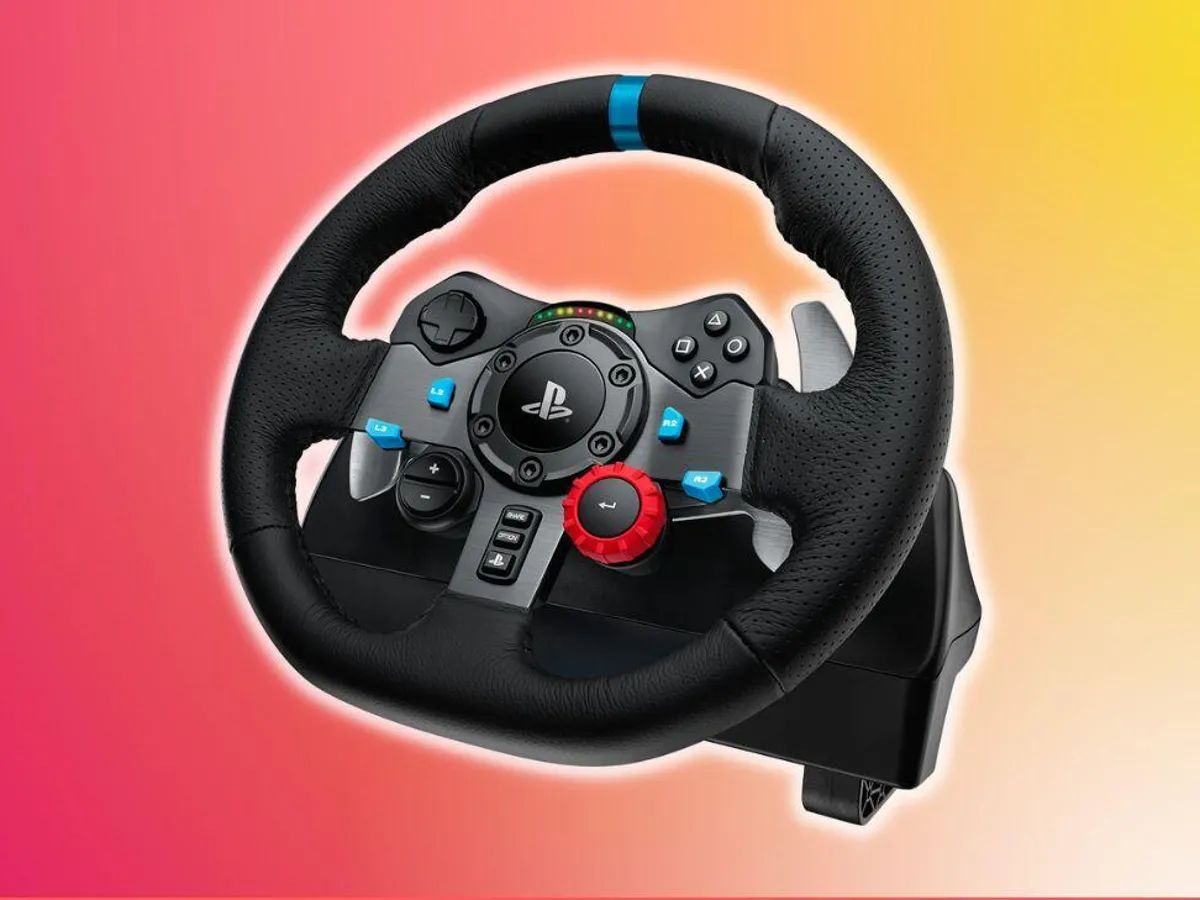Understanding the Racing Wheel
Before delving into the intricacies of maximizing the rotation of your racing wheel, it’s essential to grasp the fundamental mechanics of this gaming peripheral. A racing wheel is designed to mimic the steering wheel of a real car, providing a more immersive and realistic driving experience for gamers. These devices come equipped with various features, including force feedback, paddle shifters, and customizable buttons, all of which contribute to a more authentic racing simulation.
Most modern racing wheels feature adjustable rotation settings, allowing users to customize the degree of rotation to suit their preferences and specific gaming requirements. Understanding the capabilities and limitations of your racing wheel is crucial in optimizing its performance and ensuring a more enjoyable gaming experience.
Furthermore, familiarizing yourself with the specific model of your racing wheel is imperative, as different manufacturers offer varying degrees of rotation and customization options. Whether you own a Logitech, Thrustmaster, or Fanatec racing wheel, comprehending the unique functionalities of your device is essential for achieving optimal performance.
By gaining a deeper understanding of the racing wheel and its capabilities, you can effectively leverage its features to enhance your gaming experience. This knowledge forms the foundation for adjusting the rotation range, calibrating the wheel sensitivity, and utilizing the correct driver software, all of which are essential components of maximizing the potential of your racing wheel.
Adjusting the Wheel Rotation Range
One of the key factors that significantly impacts the realism and responsiveness of a racing wheel is the rotation range. This setting determines the degree of rotation the wheel can cover from lock to lock, simulating the steering capabilities of different vehicles. Whether you prefer a wider range for realistic open-wheel racing or a narrower range for precise GT racing, adjusting the wheel rotation range is crucial for an immersive gaming experience.
Most modern racing wheels come with adjustable rotation settings, typically ranging from 270 to 1080 degrees or more, allowing users to tailor the wheel’s rotation to their specific gaming preferences. To adjust the rotation range, users can typically access the settings through the accompanying driver software or directly on the wheel itself, depending on the model.
When fine-tuning the rotation range, it’s essential to consider the type of racing you’ll be engaging in. For instance, if you’re primarily focused on open-wheel or formula racing simulations, a wider rotation range of 900 to 1080 degrees can provide a more authentic driving experience, allowing for smoother and more natural steering inputs. Conversely, for GT or touring car racing, a narrower rotation range of 270 to 540 degrees may offer better precision and responsiveness, mimicking the steering characteristics of these vehicles.
Experimenting with different rotation ranges and evaluating their impact on your driving performance is crucial for finding the optimal setting that suits your gaming style and preferences. It’s important to note that while a wider rotation range may offer enhanced realism, it can also demand more physical input from the driver, requiring larger steering movements to navigate tight corners and hairpin turns.
By understanding the correlation between the wheel rotation range and the driving experience, gamers can fine-tune this setting to achieve a balance between realism and practicality, ultimately elevating the overall enjoyment and immersion in their racing simulations.
Calibrating the Wheel Sensitivity
Wheel sensitivity plays a pivotal role in determining the responsiveness and precision of a racing wheel, directly influencing the control and handling dynamics in driving simulations. Calibrating the wheel sensitivity is a critical step in optimizing the gaming experience, as it allows users to fine-tune the wheel’s responsiveness to match their driving style and the specific characteristics of the virtual vehicles they’re piloting.
Most modern racing wheels offer customizable sensitivity settings, enabling users to adjust the wheel’s responsiveness to their desired levels. By accessing the accompanying driver software or in-game settings, gamers can modify parameters such as steering input range, linearity, and dead zones to achieve the ideal balance between agility and stability.
When calibrating the wheel sensitivity, it’s essential to consider the nuances of different racing disciplines. For fast-paced, high-grip racing, such as Formula 1 or modern sports car simulations, a more sensitive wheel setup can enhance the ability to make quick, precise steering inputs, crucial for navigating challenging corners and maintaining optimal racing lines. On the other hand, for off-road or rally racing, where vehicle dynamics are more unpredictable, a less sensitive setup with a wider steering input range may provide better control and stability over rough terrain.
Experimenting with various sensitivity settings and assessing their impact on driving performance is instrumental in finding the optimal configuration that complements individual driving techniques and preferences. Additionally, adjusting the linearity of the wheel’s response can fine-tune the relationship between steering wheel movement and in-game vehicle reaction, allowing for a more tailored and intuitive driving experience.
By understanding the significance of wheel sensitivity calibration and its influence on driving dynamics, gamers can refine this setting to achieve a harmonious balance between responsiveness and stability, ultimately elevating their control over virtual vehicles and enhancing the overall immersion in racing simulations.
Using the Correct Driver Software
Utilizing the appropriate driver software is paramount in maximizing the functionality and performance of a racing wheel. The driver software serves as the interface through which users can access a myriad of customization options, firmware updates, and fine-tuning parameters to optimize the wheel’s behavior and compatibility with various gaming platforms.
Upon acquiring a racing wheel, it is imperative to ensure that the correct driver software is installed on the gaming system. Most reputable manufacturers provide dedicated software that is compatible with major operating systems, such as Windows and macOS, offering users the ability to customize settings, update firmware, and troubleshoot issues related to the wheel’s functionality.
When using the correct driver software, users gain access to a wealth of customization options, including but not limited to rotation range adjustment, sensitivity calibration, force feedback settings, button mapping, and firmware updates. These features empower gamers to tailor the behavior of the racing wheel to align with their specific gaming preferences, driving style, and the nuances of different racing simulations.
Furthermore, the driver software often plays a crucial role in ensuring seamless compatibility with popular racing titles and gaming platforms. By keeping the software up to date, users can leverage optimized profiles for specific games, ensuring that the racing wheel’s functionality is fully supported and that any potential compatibility issues are mitigated.
Regularly checking for driver updates and firmware upgrades is essential in maintaining the optimal performance and compatibility of the racing wheel. Manufacturers often release updates to address software bugs, enhance compatibility with new gaming titles, and introduce new features, all of which contribute to an improved gaming experience.
By utilizing the correct driver software and staying proactive in updating and customizing the wheel’s settings, gamers can harness the full potential of their racing wheel, ensuring a more immersive, responsive, and tailored experience across a diverse range of racing simulations and gaming platforms.







